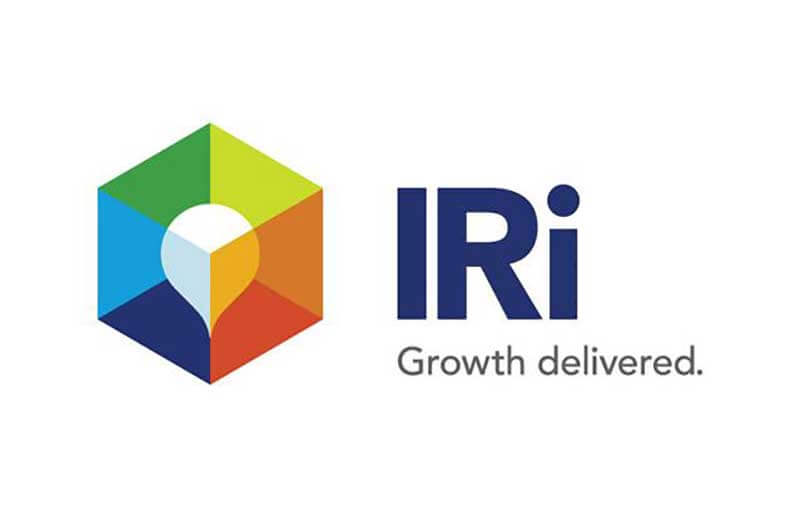The CPG industry is undergoing significant price inflation, driven by increased demand, out-of-stocks and a reduction in promotions and premiumization. To support CPG manufacturers and retailers as they navigate this evolving environment, IRI has released a new research report, “Revenue Growth in an Inflationary Environment.” IRI also will host a webinar on this topic at 1 p.m. CT on May 20; register here.
“Following traditional pricing practices alone will not be sufficient to increase revenues, boost market share and compete effectively in today’s inflationary environment,” said Dr. Krishnakumar (KK) S. Davey, president of Strategic Analytics for IRI. “Revenue growth leaders monitor their own as well as competitive price and promotion execution to identify and capture revenue growth opportunities, adapt their pricing to changes in shoppers’ price sensitivity and leverage the full spectrum of revenue growth management levers.”
Manufacturer and retailer decision-makers are facing a new series of pricing challenges as the U.S. economy moves into a post-pandemic phase. In-home consumption in several categories is likely to decrease as more people are vaccinated and become increasingly mobile. The share of dollar spend for in-home compared to out-of-home consumption was approximately equal prior to the pandemic. In-home consumption share jumped to 66 percent in April 2020 and receded to 57 percent by December 2020.
Price sensitivity among consumers is increasing as they begin to purchase goods and services that were not available to them during the pandemic. The reduction in demand if prices increase 10 percent has increased from 16.3 percent in the 26 weeks ending Oct. 26, 2020, to 17.1 percent for the 39 weeks ended Feb. 28, 2021, among edibles. Among non-edibles, the increase is much more dramatic: demand reduction if prices increase 10 percent has grown from 8.5 percent in the 26 weeks ending Oct. 26, 2020, to 12.9 percent for the 39 weeks ended Feb. 28, 2021, an alarming 4.4 points.
Manufacturers and retailers are competing to retain new shoppers acquired over the last year to retain that added market share. Per publicly available information, Target’s market share stood at 19.3 percent at the end of its last fiscal year and had grown to 20.5 percent at the end of its last fiscal quarter (Jan. 31, 2021). Dollar General’s market share grew even more, from 16.3 percent at the end of its last fiscal year to 21.6 percent as of Jan. 29, 2021, the end of its latest fiscal quarter.
Similarly, among manufacturers during 2020, Germ X gained 20.2 million new households buying its products, while Angel Soft attracted 13.2 million new households, according to data from the IRI Consumer Panel, 52 weeks ending Dec. 1, 2020 versus year ago.
In today’s evolving, uncertain and highly competitive market, manufacturer and retail leaders must quickly discover new pricing and promotional opportunities and enable granular execution in the form of prescriptive and market-intelligence infused recommendations to teams in the field and in the store.
IRI’s specific recommendations for manufacturers include:
Frequently monitor price elasticity to capitalize on pricing opportunities in a supply-constrained environment.
- Track promotional effectiveness quantitatively and direct investments to the highest-return activities;
- Gain an understanding of price-pack opportunities across channels and consumers, and assess potential evolution, especially with e-commerce versus in-store;
- Create adequate opening price points and value products while driving sales of premium and super premium brands; and
- Drive increased occasions and focus on innovation to realize value.
Recommendations for retailers include:
- Focus on attracting and retaining omnichannel shoppers who are less price sensitive and exhibit greater loyalty, using the right targeting, messaging and assortment;
- Build both value and premium offerings and manage the trade-in gap between value and maintain, and between mainstream and premium brands to fine-tune assortment;
- Understand the effect of pricing and promotion on specific shopper segments to drive penetration and incremental revenue;
- Strategically leverage promotions to drive growth where there is greater price reaction and return on investment;
- Monitor continuously price and promotional elasticity at granular levels and implement revenue growth management practices; and
- Clearly articulate the banner’s total value to customers and reinforce opening price point products as inflation increases and a segment of shoppers trade down and look for value products and retailers that potentially offer more value.

